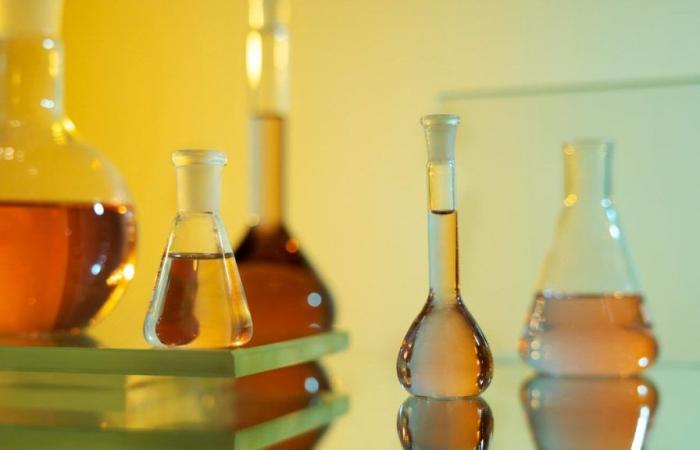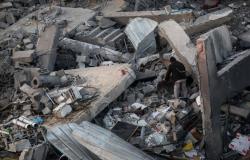
A study carried out by researchers from the Vale Technological Institute (ITV), the Federal University of the South and Southeast of Pará (Unifesspa) and partner institutions describes the therapeutic potential of a chemical compound produced by bacteria found in the soil of a bauxite mining area in recovery in Pará. The compound demonstrated virucidal and bactericidal properties and was capable of eliminating cancerous cells without damaging healthy cells, according to scientists in an article published on Tuesday (12) in the magazine “Scientific Reports”.
The research studied the pharmaceutical potential of a strain of the bacterium Pseudomonas aeruginosa, isolated from the soil of a bauxite mine undergoing environmental recovery in the Paragominas region, in eastern Pará. The microorganism produces a type of rhamnolipid, a glycolipid generated by bacteria which demonstrated, in tests, promising results against viruses and pathogenic microorganisms.
The study evaluated the toxicity of the compound in relation to three types of viruses (herpes simplex, murine coronavirus and respiratory syncytial virus), metastatic breast adenocarcinoma cells, several bacterial strains (Salmonella, E. coli, staphylococci) and fungi (Candida). . A solution of the compound, with a concentration of 250 μg/mL, inhibited 97% of viral activity in all types of viruses tested. Similar results were observed with a 50 μg/mL solution for 15, 30 and 60 minutes, suggesting that virucidal efficacy is related to exposure time.
For José Pires Bitencourt, from ITV and one of the authors of the article, the compound “is a substance that helps the bacteria to capture some nutrient that is interesting and helps in communication between bacteria of the same species”. According to him, during the study, all concentrations of the compound reduced the viability of cancer cells to less than 50% in 72 hours, demonstrating an antitumor potential comparable to levels achieved by standard chemotherapy.
Bitencourt explains that the environmental conditions of the Amazon soil are suitable for compounds of pharmaceutical interest, such as the one studied in the research. “Different subspecies of bacteria found in various soil conditions produce biosurfactants, influenced by factors such as climate, soil evolution, water regime, interaction with other organisms and human impact.”
The researcher reports that it is not possible to say that the P.aeruginosa compound found in another location or period will have the same therapeutic potential. “It could be that a year from now the same bacteria, from the same mine, will have a different set of factors and the compound will no longer be produced,” says Bitencourt. For him, this increases the importance of incentives for projects that study biodiversity in the Amazon region. “The Amazon microbiota is little studied and prevents us from exploring the diversity of these groups, not only for medical use, but also for agriculture and mineral exploration”, points out the author.
Bitencourt explains that there is still no forecast for the industrial application of the compound, but continued research is essential for the development of products in the future. “The next steps will be to optimize the cultivation to achieve faster growth of the microorganism and promote greater production of rhamanolipid. Then we will create the complete genome to search for other mechanisms of industrial interest”, he concludes.
Tags: Chemical compound Amazonian bacteria antiviral antitumor antibiotic potential study Energy Science
--




